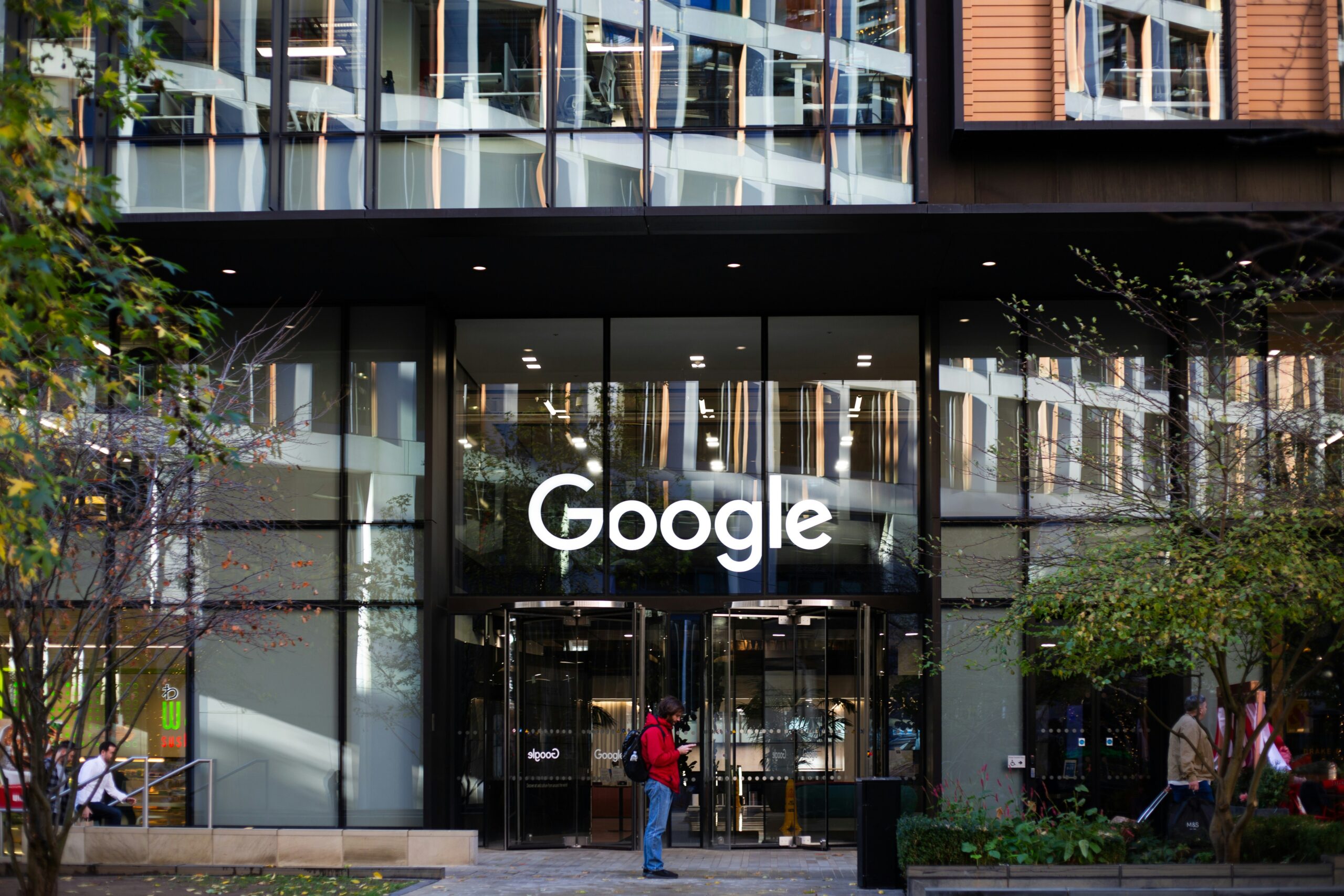Image credit: Unsplash
Bank of America’s (BAC) second-quarter profits dipped 7% compared to one year ago as consumer operations continued to grapple with increased interest rates. However, the company has been able to generate additional trading revenue and investment banking fees.
This earnings season, a dominant trend was reinforced for the nation’s biggest financial institutions due to the divergence between the businesses at Bank of America that serve both Main Street and Wall Street.
Consumer Banking Challenges Amid Rising Interest Rates
Reports show that elevated interest rates and higher deposit costs are chipping away at more traditional consumer banking margins. Consequently, giant banks have been forced to lean more heavily on their trading and investment banking amid new signs of life for dealmaking.
According to Bank of America CEO Brian Moynihan, “The strength and earnings power of our leading consumer banking business is complemented by the growth and profitability of our global markets, global banking, and wealth management businesses.”
Although Bank of America reported a net income that fell to $6.89 billion, the amount is slightly higher than expectations were previously set. At the same time, the amount has seen a 3% rise since the first quarter. Compared to one year previous, its total revenue has risen slightly to $25.37 billion.
Net interest income, a primary measure of bank lending revenue, dropped by over 3% from one year ago. The total amount at $13.70 billion is also a more than 2% drop from the previous quarter.
This margin effectively measures the difference a bank earns by paying out depositors and making loans, and it has been narrowing for many big banks due to elevated funding costs and higher rates.
Bank of America is not the only financial institution that has seen a slip in revenue, as the same measure also fell sequentially at three major banks: JP Morgan Chase (JPM), Wells Fargo (WFC), and Citigroup (C). The dip reported at these institutions comes as customers continue migrating to higher-yielding deposit products such as CDs (certificates of deposit).
Investment Banking and Trading Shine Amid Financial Challenges
Of course, there were additional signs of challenges for Bank of America and its consumer borrowers, as it set aside money for future loan losses compared to one year ago. This is a clear sign that the bank expects credit conditions to get even worse.
Credit charge-offs have gone beyond doubling in the last year and over 6% from the previous quarter, which is another signal that additional customers are struggling to pay down their bills. On a positive note, the pace of delinquencies has waned.
Moynihan told analysts, “Delinquencies have plateaued for the second consecutive quarter. This should lead to stabilized net credit losses and credit card in the second half of the year.”
As for bright spots, Bank of America is expecting net interest income to grow later this year as the Federal Reserve begins to lower interest rates and the bank replaces under-earning bonds and fixed-rate loans with higher-yielding assets.
Fourth-quarter net interest income is expected to be $600 million higher than its second-quarter figure. Additionally, Wall Street operations stood out exceptionally, as investment banking fees rocketed 28% from a year ago, and equities trading spiked almost 20%.
Portales Partners Founder Charlie Peabody said, “The fundamental trends have been strong capital markets and weak net interest income,” while referencing the current trends of bank earnings seasons to date.
“The question is if that spread income is going to reflect positively in the second half of the year.”
JP Morgan, Wells Fargo, Citigroup, and Goldman Sachs also saw an increase in investment banking fees and trading revenue. Specifically, Bank of America stock has risen over 5% as of Tuesday and is up 20% so far this year.








































































































































































































